Digestion and Inflammation
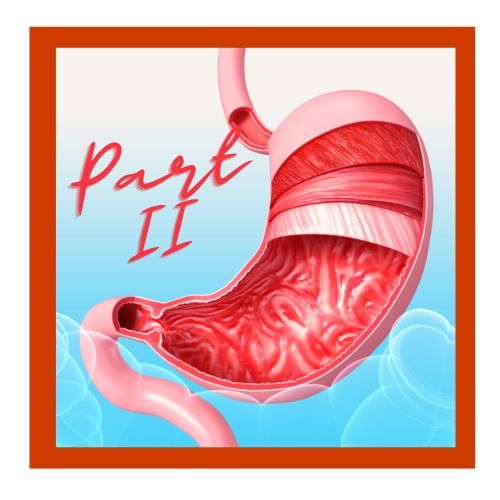
This article is the 2nd in a series of different gastrointestinal (GI) tract aspects. Today’s article will focus on inflammation in the GI tract. Inflammation is often the root cause of many diseases, and that concept Is no different in the GI tract. The two areas most affected by inflammation are the stomach, where we can have gastritis, and the colon, where inflammatory bowel disease can occur. We will discuss the colon in article four of this series on the GI tract.
Have you ever had an endoscopy? An endoscopy is where the doctor puts a tube down your throat and looks at your esophagus, stomach, and sometimes your small intestine or duodenum. They are looking for damage or inflammation in the mucosa or the stomach lining.
Gastritis is when the stomach lining—known as the mucosa—is inflamed. The stomach lining contains special cells that produce acid and enzymes, which help break down food for digestion, and mucus, which protects the stomach lining from acid. When the stomach lining is inflamed, it produces less acid, enzymes, and mucus. Gastritis is sometimes mistakenly used to describe any symptoms of pain or discomfort in the upper abdomen. Many diseases and disorders can cause these symptoms, and most people who have upper abdominal symptoms do not have gastritis.
Gastritis may be acute or chronic. Sudden, severe inflammation of the stomach lining is called acute gastritis. Inflammation that lasts for a long time is called chronic gastritis. Chronic gastritis may last for years or even a lifetime if it is left untreated.
Two of the more common types of gastritis are non-erosive and erosive. The most common cause of non-erosive gastritis is H. pylori infections. H. pylori is an opportunistic infection in the stomach that I discussed in last week’s article and has a link to low stomach acid. Other causes include autoimmune disorders affecting the stomach lining, Crohn’s disease, pernicious anemia, and some pathogens, bacteria, virus, fungi, and parasites.
Erosive gastritis is a type of gastritis that can wear away the stomach lining without causing significant inflammation. Bleeding, erosions, and ulcers are the results of erosive gastritis. The chronic overuse of NSAIDs can cause erosive gastritis.
NSAIDs are products like ibuprofen and naproxen that at one time were only available by prescription but now can be purchased over the counter. It is not uncommon for people with pain and inflammation to take NSAIDs routinely, unaware of the potential side effects that can occur over time. There is some irony to the fact that you consume something to help with pain and inflammation, yet it can cause inflammation to the lining of your stomach. Additional causes of erosive gastritis include alcohol, cocaine, and radiation.
One of the crazy things about gastritis is that the symptoms don’t always make sense. Some patients experience pain and discomfort, while others don’t have any symptoms. The most common symptoms include upper abdominal discomfort or pain, nausea, and vomiting. Erosive gastritis is a little more violent as the lining of the stomach can bleed, causing bloody vomit, black and tarry stools, and blood in the stools.
Conventional treatments for gastritis are relatively limited, focusing on eradicating H. pylori if it is present and making the pH of the stomach less acidic by using antiacids, H2 blockers (famotidine), and Proton Pump Inhibitors (omeprazole). When the pH of the stomach is less acidic, it will not be an irritant to the inflamed tissue, and the hope is that healing will take place.
One of the most common non-conventional treatment options zinc carnosine, which is well-documented in scientific research to support GI integrity and intestinal permeability. Zinc carnosine has been studied in Japan for many years and has several studies showing that it can improve the integrity of the stomach lining and offset the side effects of NSAIDs.
We are familiar with the properties of zinc and that it is an essential mineral that plays vital roles in the GI tract, gene expression, stabilizing cell membranes, immune function, reproduction, sexual maturation, and other biological processes. When zinc is attached to carnosine, the resulting complex supports gut ecology, permeability, and mucosa. Research suggests zinc-carnosine stimulates healthy gut reactions and helps a healthy gut response to everyday life.
Carnosine is a dipeptide (made up of the amino acids beta-alanine and L-histidine) in muscle cells and nerve cells. It is suspected that carnosine supports tight intercellular junctions and cell-mediated immunity.
L-glutamine is a crucial amino acid for supporting a healthy GI tract, notably by maintaining the integrity of the intestinal wall. L-glutamine is the most important fuel for intestinal tissue, with research showing it is imperative for gastrointestinal integrity and a healthy immune response.
Glucosamine HCl (combo product linked) is an amino sugar precursor to many glycosylated proteins and lipids throughout the body. A recent meta-analysis suggests that supplemental glucosamine HCl modulates the inflammatory response in the gastrointestinal tract, which may promote a healthy gut environment.
Licorice root (combo product linked) is abundant with novel phytochemicals that help soothe the gastrointestinal tract by supporting the mucosal lining of the intestines and stomach. Deglycyrrhizinated (DGL) licorice, free from substantial parts of glycyrrhizin that can affect blood pressure, is a safer option for long-term use.
Additional natural ingredients that help to soothe the GI tract are apple pectin, aloe vera leaf extrac https://irsfeldpharmacy.nutridyn.com/dynamic-gi-integrity https://irsfeldpharmacy.nutridyn.com/dynamic-gi-integrity (combo product linked), slippery elm https://irsfeldpharmacy.nutridyn.com/dynamic-gi-integrity https://irsfeldpharmacy.nutridyn.com/dynamic-gi-integrity (combo product linked), and mucin. These plant-derived biologically active constituents support and comfort the gastrointestinal tract. The benefit comes from the ingredients contained in each nutrient, such as vitamins, enzymes, minerals, mucopolysaccharides, fiber, lignin, saponins, and amino acids.
I hope this article sheds some light on natural products to help deal with inflammation in the GI tract with excellent data to support their recommendations. If you are not getting the results you would like with conventional treatments, these are options in your healthcare journey.
For more information on gastritis and gut health, call the pharmacy @ 701-483-4858 or stop in to schedule a consultation. Please visit my website at www.irsfeldpharmacy.com to find this and other archived articles in the blog section.
Until next time, be vigilant about your health!!!
VISIT US
HOURS
HOURS
CONTACT US
Fax #: (701) 483-4926


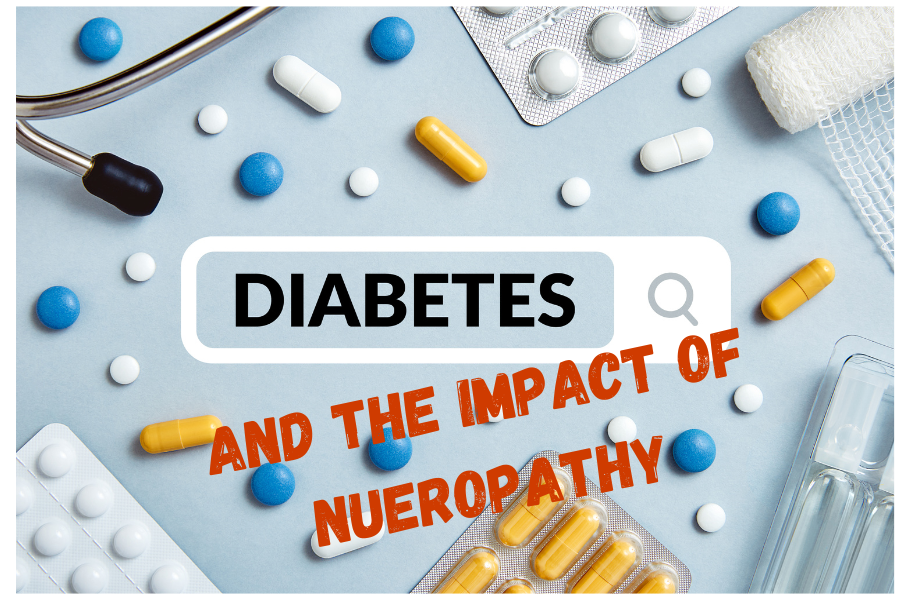


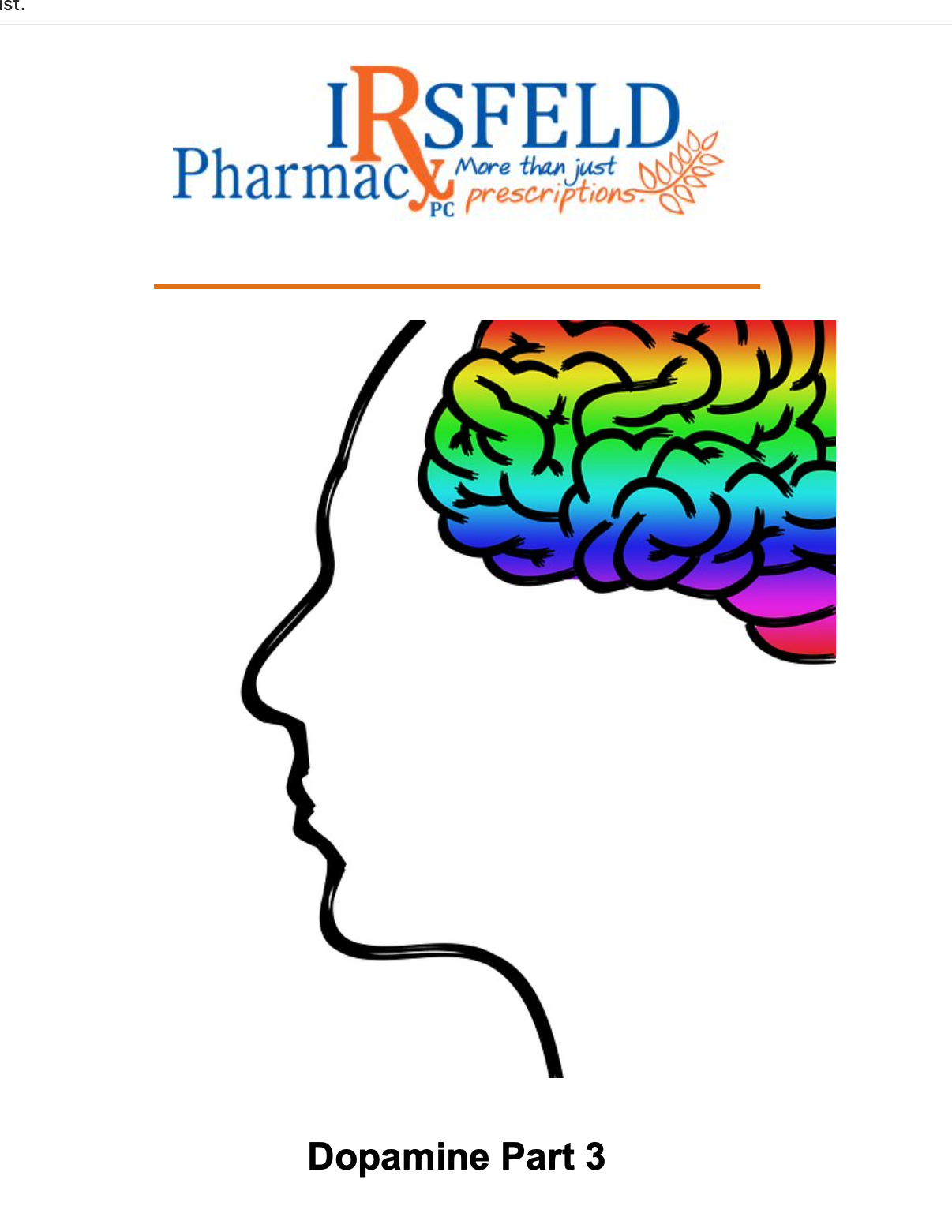


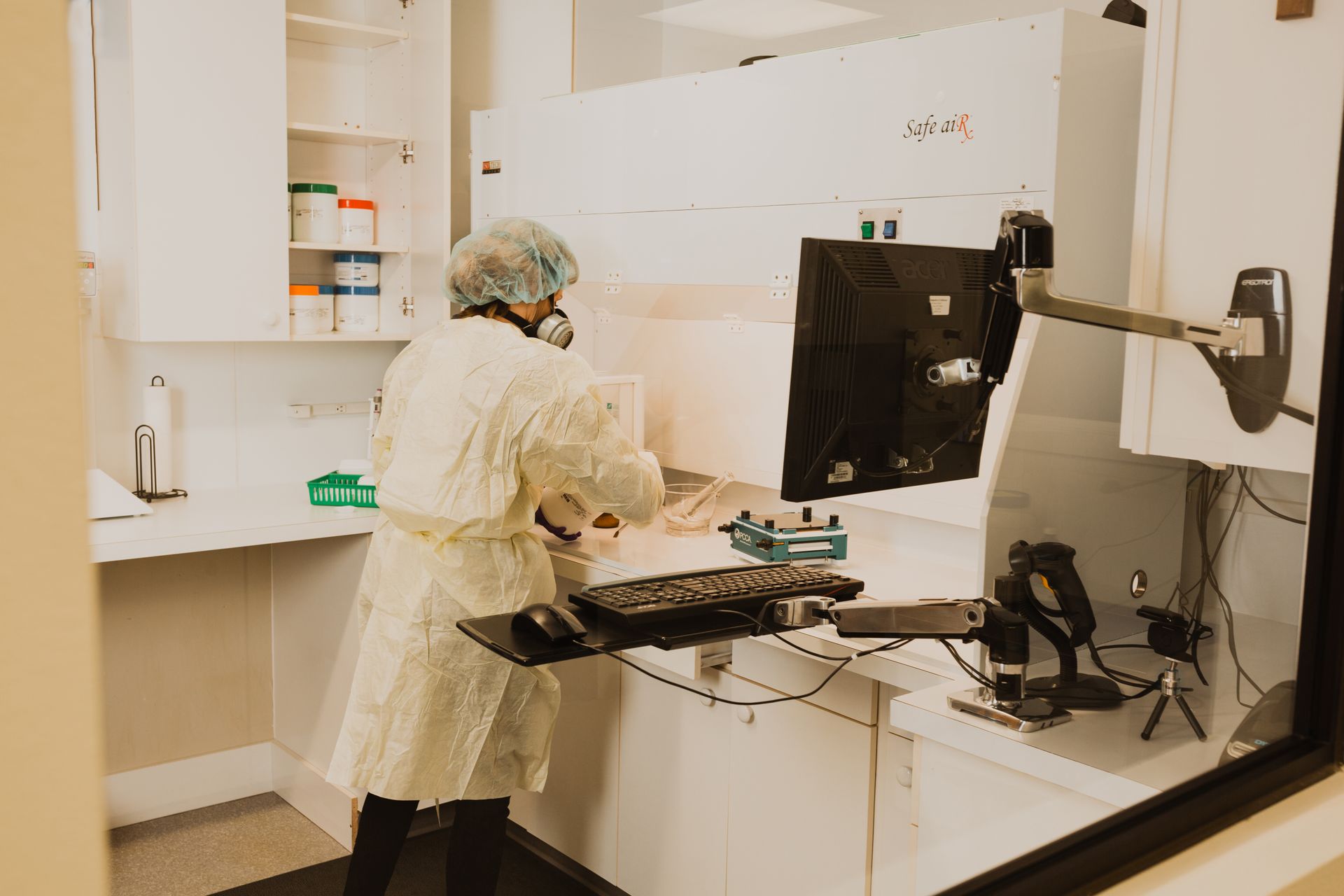


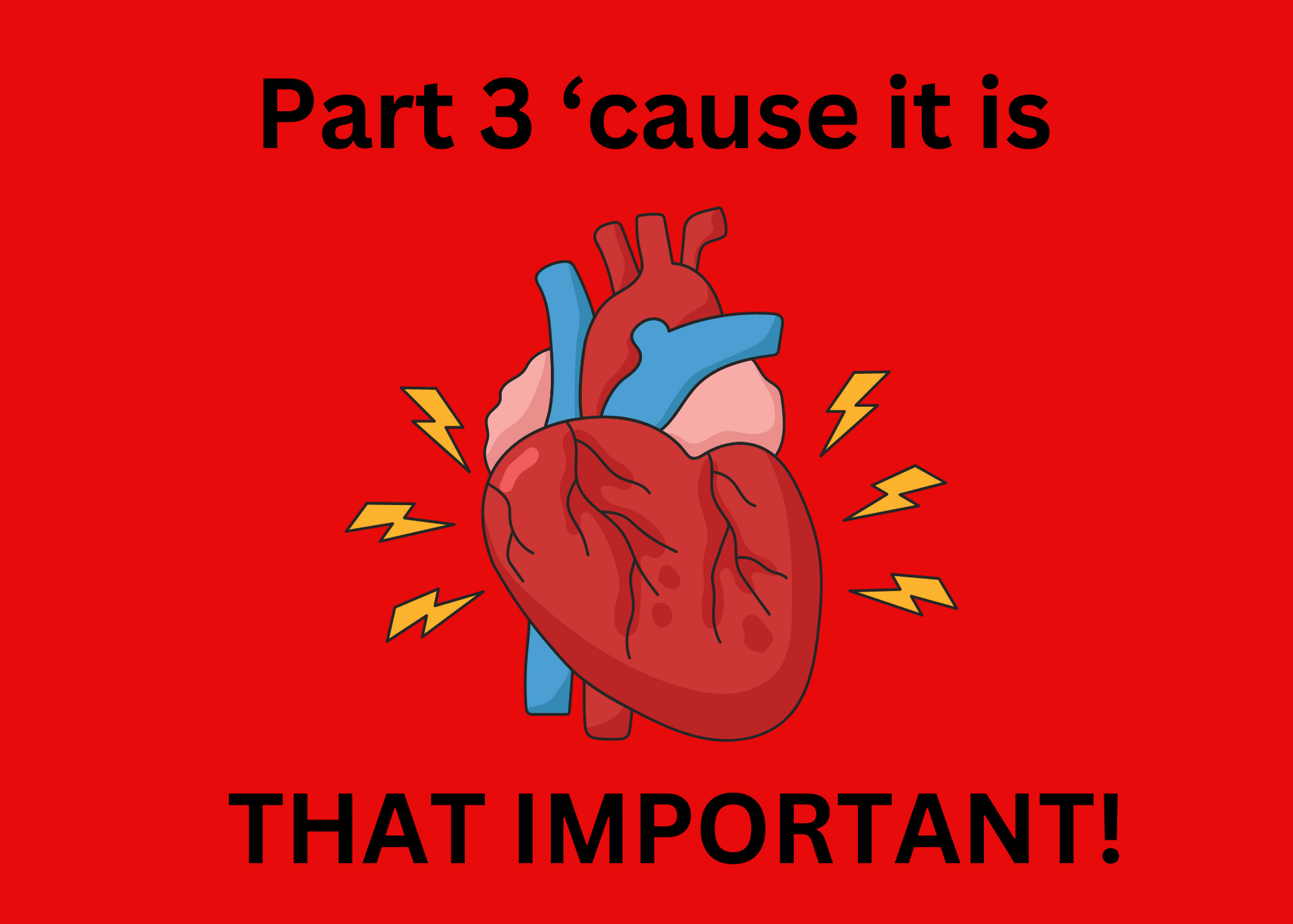
Share On: